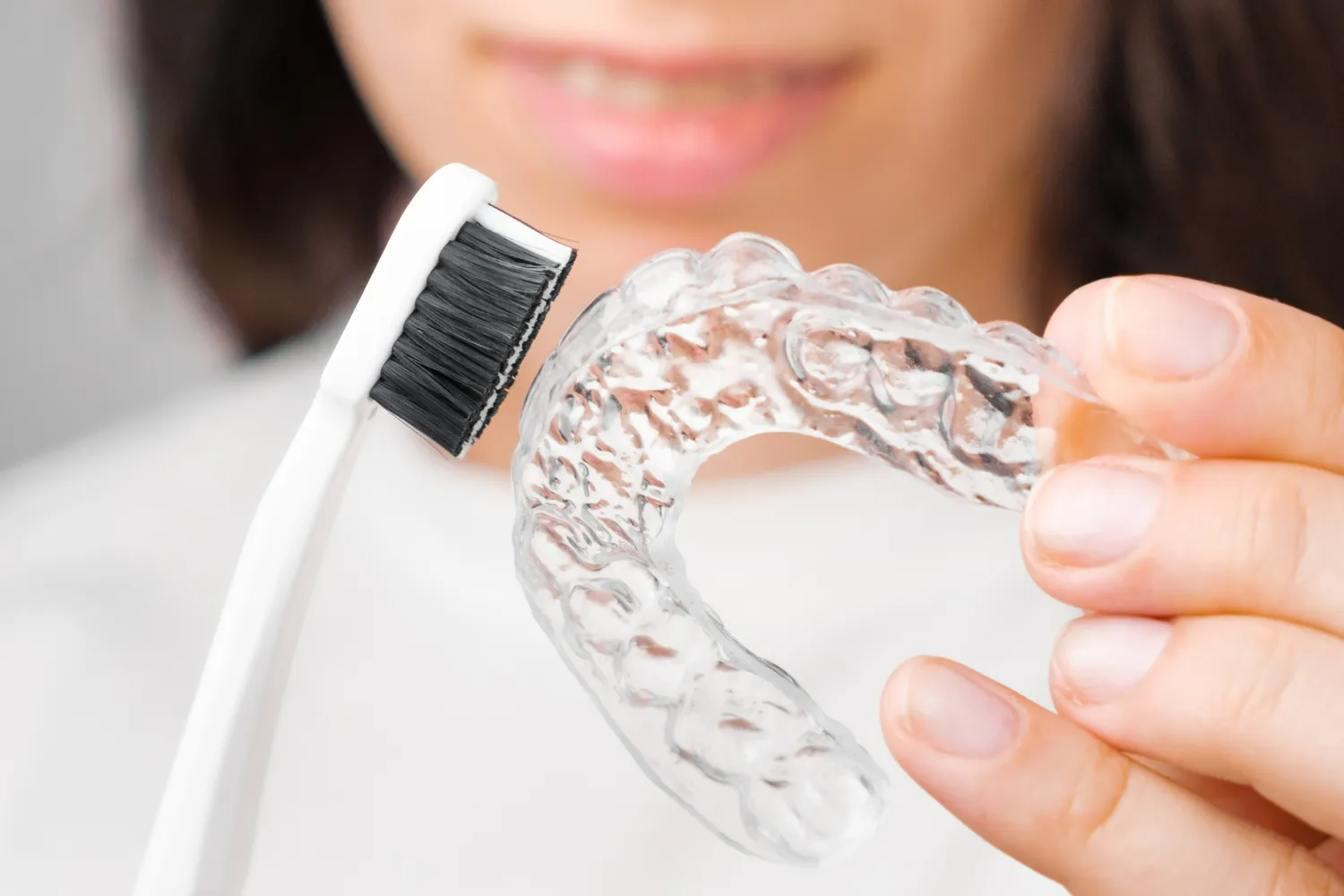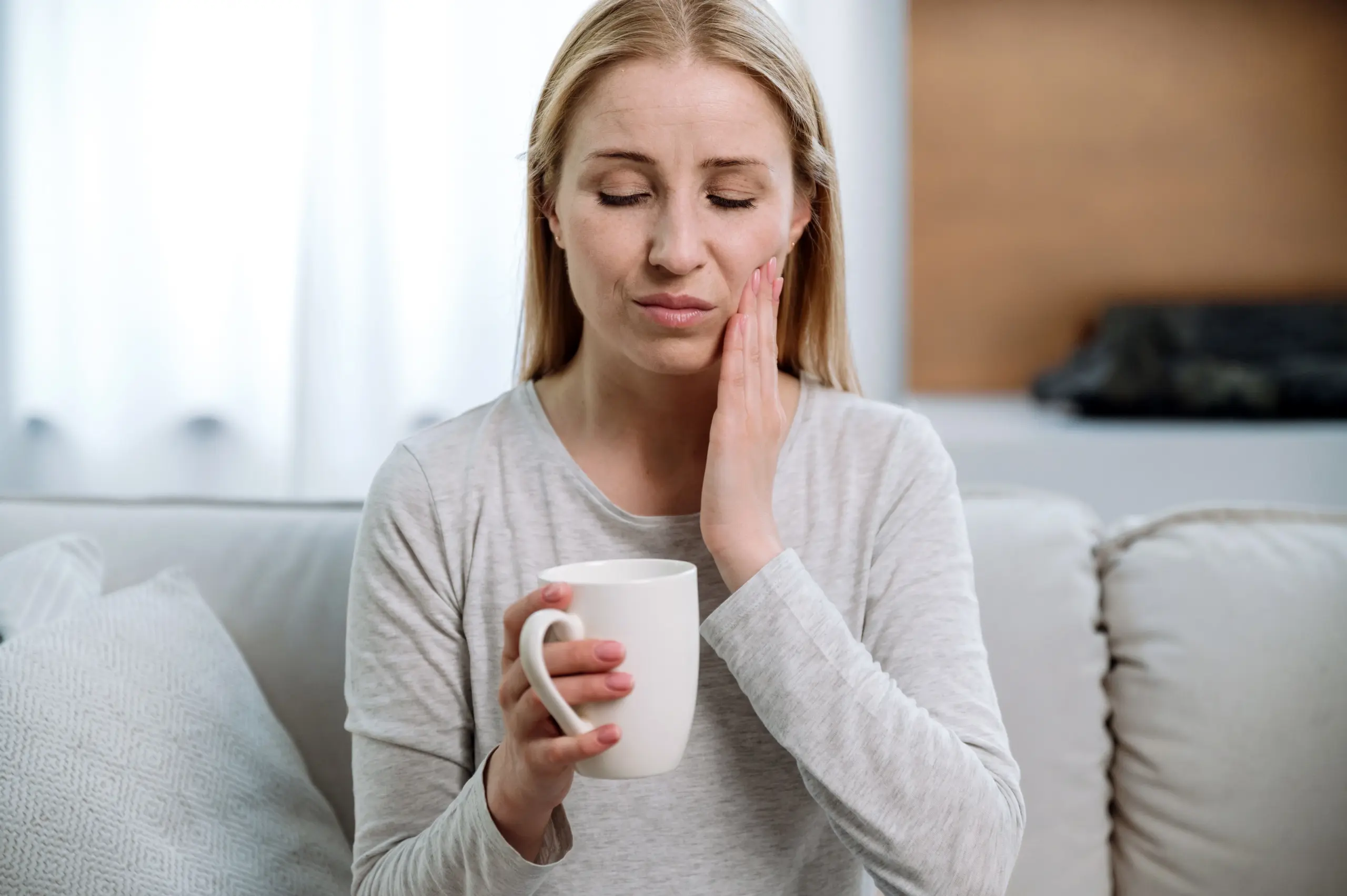If you have ever left the dentist feeling like your teeth are smoother, cleaner and somehow lighter, there is a good chance a dental hygienist has been hard at work. Hygienists focus on prevention and maintenance, helping you avoid problems rather than simply repairing damage once it appears.
This guide explains what a dental hygienist actually does, what happens at an appointment, and how their work supports your long-term oral health.
What Is A Dental Hygienist?
A dental hygienist is a registered dental professional who focuses on keeping your teeth and gums healthy through prevention, professional cleaning and tailored advice.
In the UK, hygienists must be registered with the General Dental Council (GDC) and meet strict standards of training and ongoing education. The International Federation of Dental Hygienists overview for the United Kingdom highlights how hygienists are trained to prevent and manage gum disease, apply preventive treatments and provide oral health education within the dental team.
At Birchgrove Dental, hygienists work closely with the dentists to:
- Keep gums healthy and free from infection
- Remove plaque and tartar that everyday brushing cannot reach
- Support patients who are at higher risk, such as smokers or people with diabetes
- Help you build a home care routine that actually fits your lifestyle
The aim is simple: fewer problems, fewer emergencies and a smile that feels as healthy as it looks.
What Happens At A Dental Hygiene Appointment?
A hygiene visit is more structured than a quick polish. It is a focused appointment with three main parts.
Step 1: Initial assessment

First, your hygienist assesses the health of your gums and supporting structures. They will:
- Look for redness, swelling or bleeding
- Check how much plaque and tartar are present
- Note any signs of bad breath or early gum disease
- Identify areas that are being missed when you brush or clean between your teeth
If deeper pockets are found around your teeth, your hygienist and dentist may discuss gum disease and whether more intensive gum treatment is needed.
Step 2: Professional cleaning
Next comes the part most people recognise, the professional clean or “scale and polish”.
A typical sequence looks like this:
- Ultrasonic instruments are used to remove larger tartar deposits above and just below the gumline.
- Fine hand instruments are then used to remove remaining deposits in more detailed areas.
- The teeth are polished with a paste to smooth the surfaces and make it harder for new plaque to cling.
If you would like a step-by-step description, you can read our guide on what a scale and polish involves and why it is recommended.
For patients with gum disease, the hygienist may carry out deeper cleaning along the roots of the teeth over one or more visits. This helps reduce inflammation and allows the gums to begin healing.
Step 3: Personalised advice
Finally, your hygienist will talk through what they have found and how you can keep things stable at home. This might include:
- Demonstrating brushing technique for tricky areas
- Helping you choose the right size of interdental brushes
- Talking about how often you snack on sugary or acidic foods
- Discussing the effects of smoking or vaping on your gums

The NHS has practical advice on how to take care of your teeth and gums, and your hygienist will translate these principles into something that makes sense for your own mouth and routine.
Clinical Skills A Dental Hygienist Uses
Hygienists have a defined clinical scope and work in close partnership with dentists. The table below shows how their role typically compares.
| Area of care | Dental hygienist | Dentist |
| Gum health and cleaning | Carries out scale and polish, deep cleaning and gum disease prevention | Diagnoses gum disease, plans complex periodontal treatment |
| Decay prevention | Applies fluoride varnish, gives diet and hygiene advice | Diagnoses decay, plans fillings and restorative work |
| Cosmetic support | Removes surface stains, prepares the mouth before whitening | Provides whitening, veneers, bonding and other cosmetic procedures |
| Education | Teaches brushing, interdental cleaning and lifestyle changes | Explains diagnoses and treatment options |
Guidance such as the government’s Delivering Better Oral Health prevention toolkit highlights that individual oral hygiene support from trained dental professionals is a key part of preventing gum disease and tooth decay.
Why Dental Hygiene Visits Matter
It is easy to assume that, if nothing hurts, everything is fine. Gum disease, however, can progress quietly in its early stages. Regular hygiene visits give you:
- Early warnings about gum changes before they become serious
- Professional removal of hardened tartar that brushing alone cannot shift
- A chance to ask questions about bleeding gums, bad breath or sensitivity
Good gum health not only protects your teeth. Long-term inflammation in the mouth has been linked in research to wider health conditions such as diabetes and cardiovascular disease. Keeping plaque under control and seeing a hygienist regularly are simple ways to support both your oral and general health.
How Hygienists Support Other Dental Treatments
Hygienists also help protect the results of other treatments you might be considering or already have.
Cosmetic treatments
Before having cosmetic work, such as whitening, veneers or bonding, your gums and enamel must be in good condition. Plaque and tartar can:
- Interfere with whitening gels reaching the enamel evenly
- Make gum lines look uneven around veneers or composite bonding
- Increase the risk of irritation during treatment
Your hygienist can remove staining, smooth the enamel and show you how to keep your new smile looking bright. If whitening is something you are considering, you can learn more about our approach on our page about professional teeth whitening.
Braces and aligners
Cleaning around fixed braces or aligners is not always straightforward. Hygienists can:
- Show you how to brush around brackets and wires
- Recommend special brushes or floss threaders
- Check for early white marks around braces that suggest weakening enamel
This support helps you finish orthodontic treatment with straighter, healthier teeth.
Implants, crowns and bridges
After treatment with implants or larger crown and bridge work, your cleaning routine may need adjusting. Hygienists can suggest tools and techniques to:
- Clean under bridge sections
- Keep implant crowns free of plaque
- Protect the gum tissues that support your restorations
How Often Should You See The Hygienist?
There is no single schedule that suits everyone. How often you need hygiene visits depends on factors such as:
- The current health of your gums
- How quickly you build up plaque and tartar
- Whether you smoke
- Whether you have health conditions that affect your gums, such as diabetes
Many people benefit from appointments every six months. Those at higher risk may need to come every three or four months, while some with very stable gum health may be advised to attend less often. Your hygienist and dentist will agree on a recall pattern with you that matches your needs, following a preventive approach similar to that recommended in Delivering Better Oral Health.
The Key Takeaway About Dental Hygienists
The key takeaway is that dental hygienists are not just “the person who cleans your teeth”. They are preventive clinicians who:
- Help stop gum disease before it causes permanent damage
- Support the long-term success of treatments such as whitening, braces and implants
- Give practical, one-to-one advice that fits into your everyday life
This article is for general information only and is not a substitute for a full dental examination or personalised advice. We will always recommend whether hygiene treatment is suitable for you after assessing your teeth, gums and medical history.
If you would like to keep your mouth feeling cleaner for longer and reduce the risk of future problems, you can book an appointment with our dental hygienist. We will assess your gum health, remove plaque and stains, and help you build a routine that supports your smile every day.




